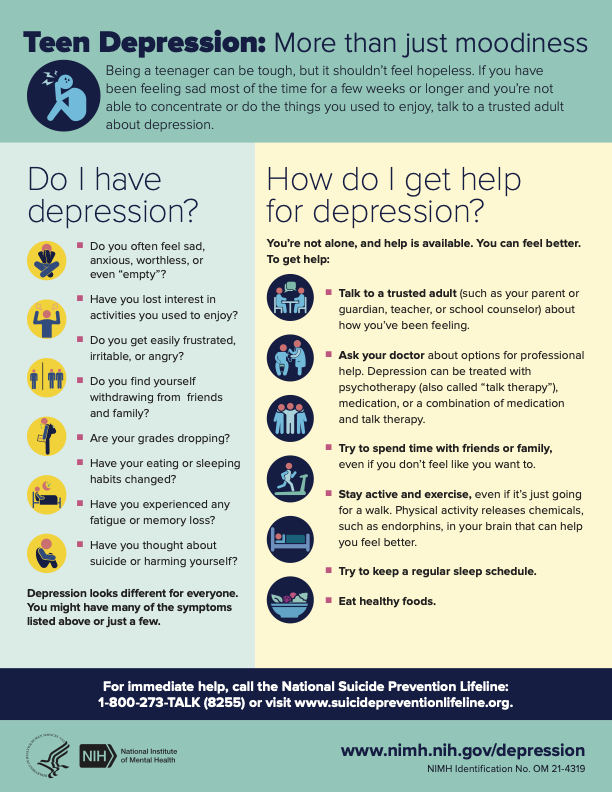Healthy Friendships in Adolescence
 Positive social connections with people at all stages in life help ensure healthy development, physically, socially, and emotionally. As children transition to adolescence and start to spend less time with parents and siblings, friendships with peers become an increasingly important source of these social connections.
Positive social connections with people at all stages in life help ensure healthy development, physically, socially, and emotionally. As children transition to adolescence and start to spend less time with parents and siblings, friendships with peers become an increasingly important source of these social connections.
The Role of Positive Friendships in Youth Development
Adolescence is a period of rapid change—physically, emotionally, and socially—and relationships with friends play an important role in the lives of adolescents as they become increasingly independent, develop their own identity, and grapple with self-esteem. Positive friendships provide youth with companionship, support, and a sense of belonging. They can encourage or reinforce healthy behaviors, and evidence suggests that positive friendships in adolescence can lay the groundwork for successful adult relationships, including romantic relationships. Building on what adolescents have learned at home, friendships:
- Provide an opportunity for youth to develop social skills with a wide range of people. Through peer relationships, adolescents learn to cooperate with others, communicate effectively, resolve conflicts, and resist negative peer pressure.
- Allow adolescents to practice intimacy outside the immediate family. Through friendships, adolescents learn how to make, maintain, and end relationships, as needed. Additionally, they allow adolescents to practice being caring, honest, and trustworthy. Talking about personal problems is one way adolescents develop closeness in friendships; using humor is especially important for boys.
- Provide a source of support outside the family. Friendships are especially important during times of difficulty, offering a sense of belonging and relief from depression, anxiety, and stress. Feelings of closeness in friendships are linked to increased resilience; in other words, youth with strong friendships can better navigate and recover from life challenges.
- Can support adolescents as they develop their own unique identity—for example, exploring new looks and new interests.
- Can motivate students to engage in school work and achieve academically as well as be involved in extracurricular activities. For example, youth with high-quality, supportive friendships tend to be more engaged in school and make better grades than other youth. Similarly, youth with friends who participate in extracurricular activities are more likely to be involved in extracurricular activities themselves.
What Healthy Friendships Look Like Across Adolescence
Younger adolescents are often driven by a desire to ‘fit in,’ and may gravitate toward friends of the same age and gender or who are popular at school. At this age, youth are most likely to change their behavior to match that of their friends. Additionally, they may change the way they dress, the music they like, and the activities they enjoy, often in ways similar to that of their friends.
Older adolescents start to spend even more time with friends. They begin to form friendships with peers of other genders and ages, or who have different interests, appearances, and beliefs. They show more caring feelings and develop more intimate relationships. At the same time, they may become more settled in their own tastes, independent of their friends, and focus on developing them more deeply. This is increasingly true as they move toward adulthood.
Source: U.S. Department of Health & Human Services Office of Adolescent Health | Healthy Friendships in Adolescence, https://www.hhs.gov/ash/oah/adolescent-development/healthy-relationships/healthy-friendships/index.html | public domain. Last reviewed on March 25, 2019
Do you need someone to talk to? CHC can help. We invite you to call or email our Care Managers at 650.688.3625 or careteam@chconline.org to set up a free 30-minute consultation. CHC teletherapy services are available now.





